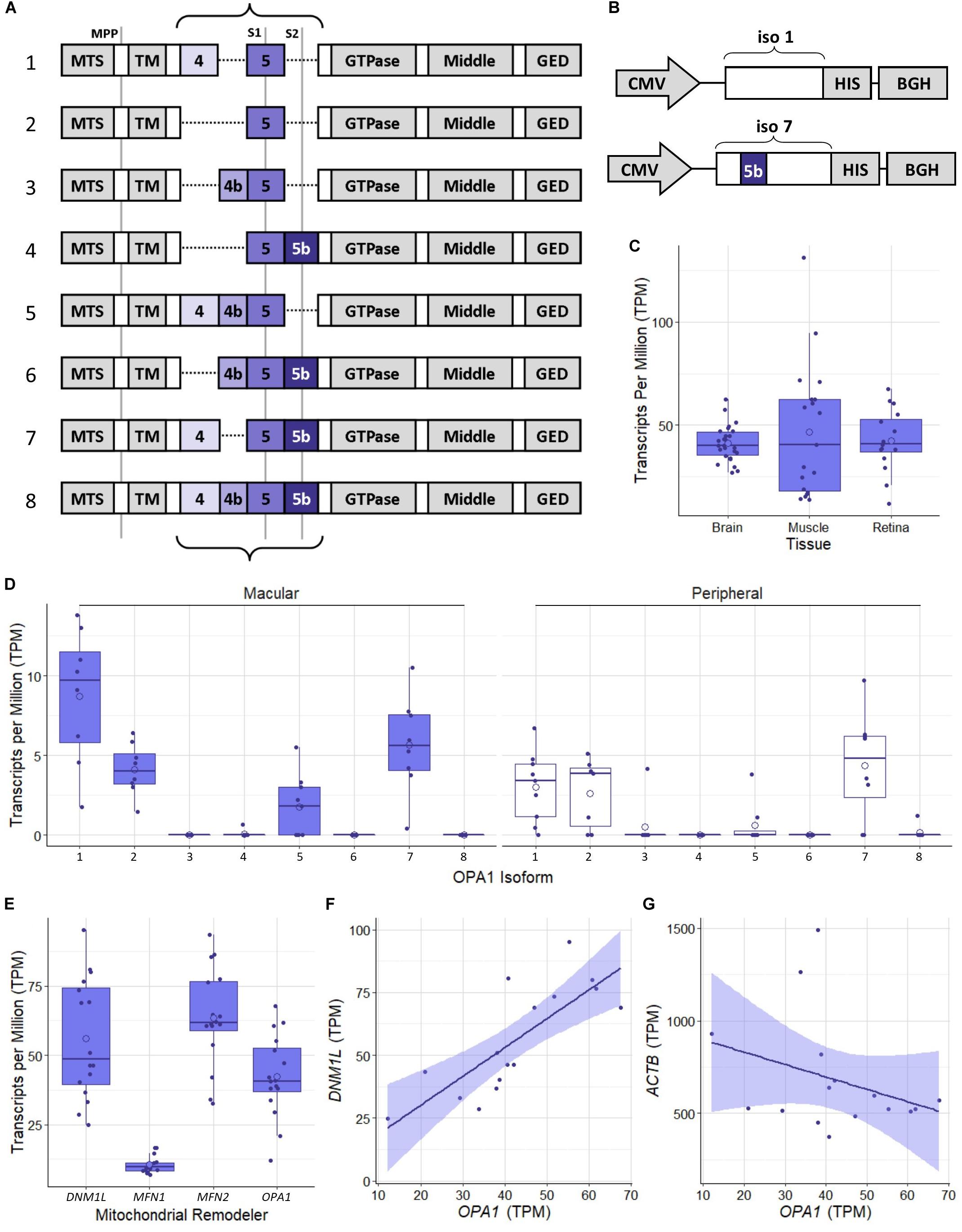

Trophectoderm lineage determination in cattle. Single-cell RNA-seq reveals lineage and X chromosome dynamics in human preimplantation embryos. Defining the three cell lineages of the human blastocyst by single-cell RNA-seq. Genome editing reveals a role for OCT4 in human embryogenesis. Analysis of human embryos from zygote to blastocyst reveals distinct gene expression patterns relative to the mouse. Making the blastocyst: lessons from the mouse.

Our comparative embryology analysis provides insights into early lineage specification and suggests that a similar mechanism initiates a TE program in human, cow and mouse embryos.Ĭockburn, K. Furthermore, we demonstrate that inhibition of aPKC by small-molecule pharmacological modulation or Trim-Away protein depletion impairs TE initiation at the morula stage.

At the morula stage, outer cells acquire an apical–basal cell polarity, with expression of atypical protein kinase C (aPKC) at the contact-free domain, nuclear expression of Hippo signalling pathway effectors and restricted expression of TE-associated factors such as GATA3, which suggests initiation of a TE program. Here we show the evolutionary conservation of a molecular cascade that initiates TE segregation in human, cow and mouse embryos. Recent gene-expression analyses suggest that the mechanisms that regulate early lineage specification in the mouse may differ in other mammals, including human 2, 3, 4, 5 and cow 6. The inner cell mass arises from inner cells during subsequent developmental stages and comprises precursor cells of the embryo proper and yolk sac 1. The first lineage differentiation event occurs at the morula stage, with outer cells initiating a trophectoderm (TE) placental progenitor program. Current understandings of cell specification in early mammalian pre-implantation development are based mainly on mouse studies.


 0 kommentar(er)
0 kommentar(er)
